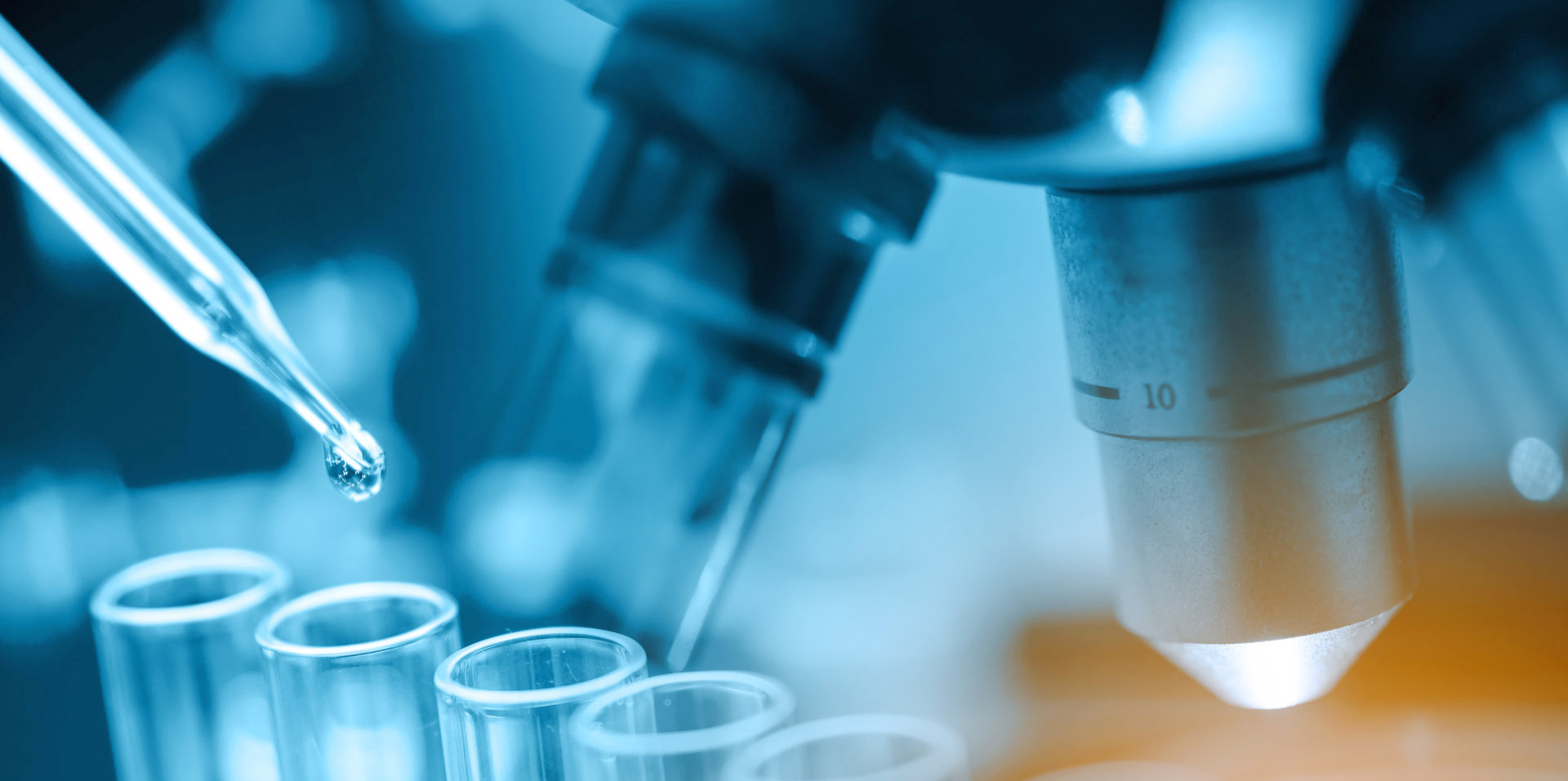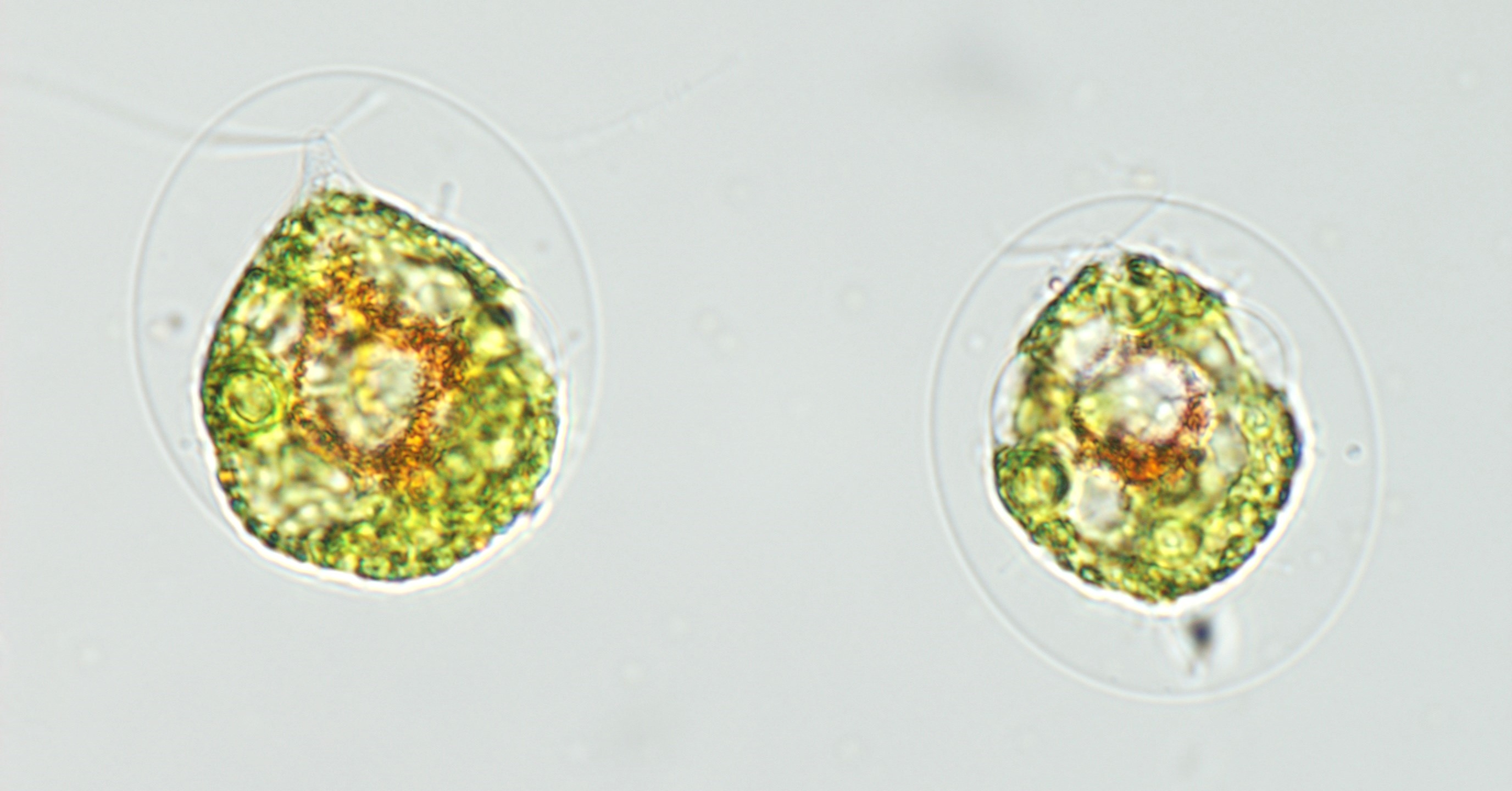
Newsroom
Revealing the Key Step in Astaxanthin Buildup: Chloroplast Budding Shuttles β-Carotene in Microalgae
The unicellular green alga Haematococcus pluvialis is widely used in industrial production due to its ability to accumulate large amounts of astaxanthin, a carotenoid with strong antioxidant activity. The astaxanthin biosynthesis pathway in this alga exhibits organelle partitioning: the precursor β-carotene is synthesized in the chloroplasts, transported to the cytoplasm, and further catalyzed into astaxanthin, which is stored in cytoplasmic lipid droplets. This metabolic partitioning characteristic is one of the key reasons why H. pluvialis can accumulate significantly higher levels of astaxanthin compared to other species.
However, the mechanism by which β-carotene is transported to the cytoplasm remains unknown. This process is a critical and rate-limiting step in the regulation of astaxanthin synthesis, and elucidating its mechanism is of great importance for enhancing the astaxanthin production capacity of this alga.
Recently, a research group led by Prof. ZHANG Cheng-Cai from the Institute of Hydrobiology (IHB) of the Chinese Academy of Sciences illustrated that chloroplast budding mediates β-carotene transport for early stage astaxanthin hyperaccumulation in H. pluvialis. This study was published in Plant Physiology.
In this study, the researchers investigated the early phase of astaxanthin accumulation under non-stressful, baseline conditions, which not only initiate astaxanthin accumulation in H. pluvialis but also preserves cell motility. Confocal microscopy, chloroplast isolation with microscopic examination, and subcellular structural analysis revealed that β-carotene accumulates in osmiophilic plastid globules within the chloroplasts and is transported to the cytoplasm via a budding mechanism.
Additionally, the researchers observed a vacuole-mediated transport pathway, along with a potential transport mechanism involving direct contact between cytoplasmic lipid droplets and chloroplasts. Further transcriptomics and bioinformatics analysis identified 7 candidate genes that may be involved in this vesicle transport process.
The astaxanthin accumulation mechanism in cytoplasmic lipid droplets of H. pluvialis may represent an ancestral feature of chromoplast evolution. This alga inhabits temporary shallow pools and other small water bodies, frequently facing extreme conditions such as high light intensity, salinity, and desiccation. From a certain perspective, its life cycle may continuously replay the evolutionary process of plant ancestors colonizing terrestrial environments. Consequently, the Haematococcus lineage might have developed specialized chromoplast structures to cope with extreme habitat fluctuations, representing an ancient chromoplast type.
In contrast, chromoplasts in land plants are primarily derived from chloroplast transformation and are rich in carotenoids and neutral lipids. However, the chloroplast-budding mechanism for carotenoid transport observed in Haematococcus remains exceptionally rare, with similar phenomena reported only in the tomato suffulta mutant. This suggests that some land plants might have evolved novel genes (such as suffulta) to modify their chromoplast formation patterns.
These findings provide insights into the transport of β-carotene in H. pluvialis, revealing the dynamic processes involved in plastoglobuli budding, vesicle-mediated transport, and the formation of astaxanthin-rich lipid bodies. This research also provides important reference value for the germplasm improvement of H. pluvialis and also offers new clues for understanding the origin of land plant chromoplast.

The osmiophilic globules external to, but structurally connected to chloroplasts. Ch, chloroplast. CLD, cytosolic lipid droplets. PG, plastoglobuli. (Image by IHB)

In situ astaxanthin accumulation visualized by microscopy. (Image by IHB)
(Editor: MA Yun)